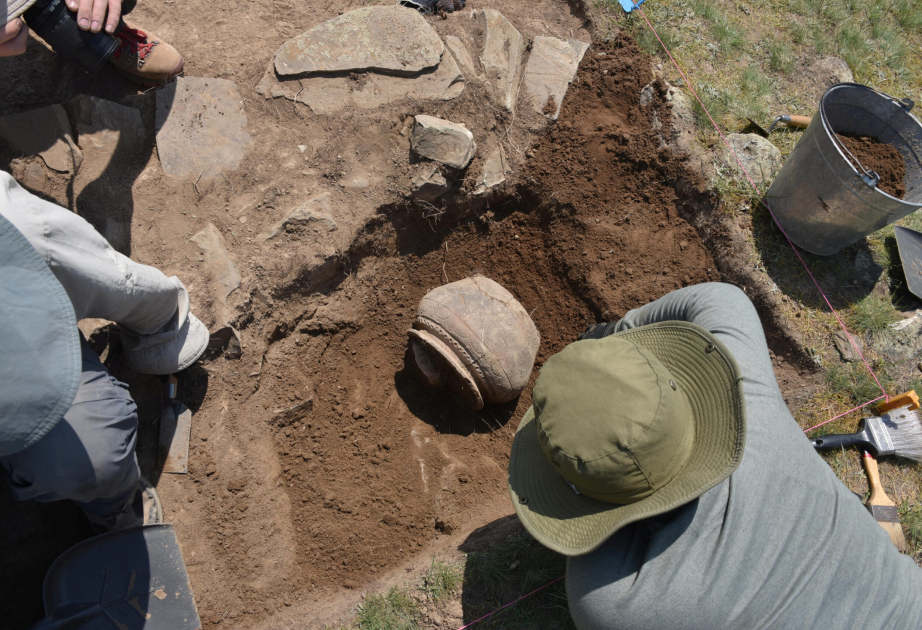Researchers have discovered the remains of medieval cities perched above the ancient Silk Road in the rugged mountains of southeastern Uzbekistan, according to the official website of the National Geographic.
One of them is a sprawling, high-altitude metropolis that lay hidden for centuries, in a place where few expected to find signs of ancient civilizations.
The discovery, made possible by new drone-based lidar technology, challenges long-held assumptions about urban life in the remote mountains of Central Asia more than a thousand years ago.
The groundbreaking research, led by National Geographic Explorer Michael Frachetti and Farhod Maksudov, director of Uzbekistan's National Center of Archaeology, reveals a bustling city that thrived between the 6th and 11th centuries. Situated at altitudes reaching up to 7,200 feet (comparable to Machu Picchu in the Peruvian Andes), this discovery sheds new light on the complexity, scale, and elevation of medieval societies along the Silk Road, the vast network of ancient trade routes that connected Europe and Eastern Asia.
The ruins of the ancient city of Tugunbulak cover nearly 300 acres, making it one of the largest regional settlements of its time, according to a paper published today in Nature and based on research funded by the National Geographic Society.
“Lidar showed us that there’s a massive city there, hiding in plain sight,” says Frachetti, associate professor of anthropology at Washington University, St Louis. “It allowed us to approach this huge landscape in a way that lets you appreciate the scope and scale of the place, with stunning detail.”
About three miles away, a smaller, densely built city called Tashbulak was also surveyed by lidar, a remote sensing method that uses reflected light to create detailed 3-dimensional maps.



















